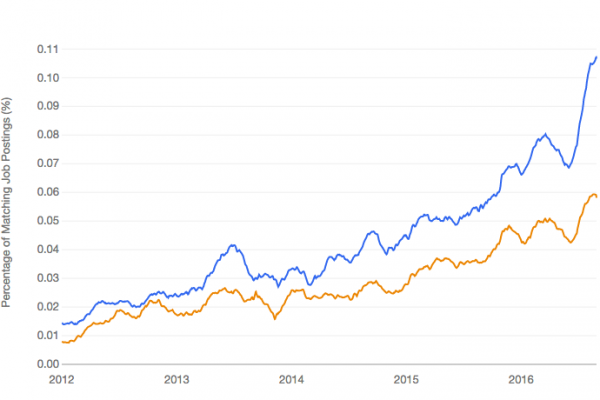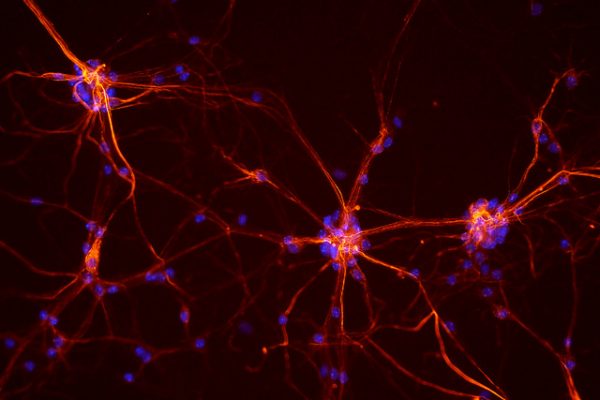How To Implement Baseline Machine Learning Algorithms From Scratch With Python
Last Updated on May 19, 2020 It is important to establish baseline performance on a predictive modeling problem. A baseline provides a point of comparison for the more advanced methods that you evaluate later. In this tutorial, you will discover how to implement baseline machine learning algorithms from scratch in Python. After completing this tutorial, you will know: How to implement the random prediction algorithm. How to implement the zero rule prediction algorithm. Kick-start your project with my new book […]
Read more








